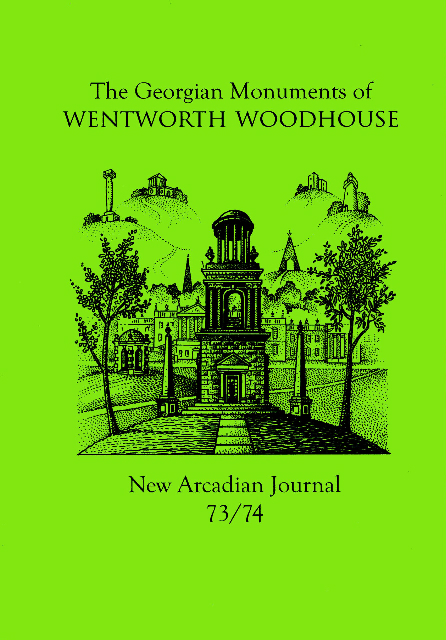BASA (Black and Asian Studies Association) Newsletter no. 62 (March 2012)
This volume, published as part of the New Arcadian Journal series, looks at the figure of a Black man supporting a sundial or other decorative object that was found in many grand gardens in eighteenth century. It was known as ‘The Blackamoor’. Like its living counterpart, it became something of a fashion accessory.
The figure was brought to England from the Netherlands by William III, who came to the throne in 1688. It first appeared in 1701 at Hampton Court, with a companion figure known as ‘The Indian Slave’. Dr Patrick Eyres, Sylvia Collicott and Richard Wheeler explore the symbolism and iconography of the Blackamoor and other statuary found in the gardens of the rich and powerful both in England and on the Continent.
Contemporaries, much better versed than we are both in classical literature and interpreting images, would have ‘read’ these with ease and the three writers are knowledgeable guides to the figures and their multiple meanings. The writers also explore the links between those who owned or built the estates and the building up of the empire and trade through warfare and commerce, expressed not only in their garden statuary but in the interior decorations of their houses.
Professor Michael Charlesworth uses a ship’s log, found in Sheffield Archives, to show what happened when a Yorkshire merchant decided to invest in a slave trading voyage. It is a reminder of what underpinned at least some of the wealth of those who created the houses and gardens. By chance, a Blackamoor figure from a nearby estate, Wentworth Castle, wound up in this long-dead merchant’s house after the statue was vandalised in the early 1980s by students who painted it white. It has now been restored and returned to the Castle.
Dr Eyres has also compiled an inventory of figures and their locations, both past and present. Many, because they were made of lead, were melted down. Others have just disappeared, but some are still in situ. There may be others awaiting discovery. The illustrations are not photographs but original drawings by a number of artists. Because the A5 format is so small and the paper is of standard quality some of the detail and impact of them is lost. However, a selection from ninety original drawings made for the journal is on display at the Henry Moore Institute Library in Leeds until 13 May 2012. See <www.henry-moore.org/ hmi/library/ort-displayl/drawings-and-proofs-for-the-new-arcadian-journal> Hopefully an enterprising publisher will see the potential of this for a sumptuous art book.
The NAJ investigates the cultural politics of historical landscapes by scrutinising their architecture, gardens, monuments and sculptures. This volume will add both to what we know and what we understand about the slave trade in the eighteenth century and how contemporaries regarded it. Other volumes in the series consider aspects of commerce and empire as they were reflected in landscape gardens, so will also provide background information.
Kathleen Chater



